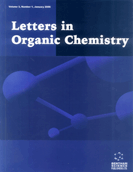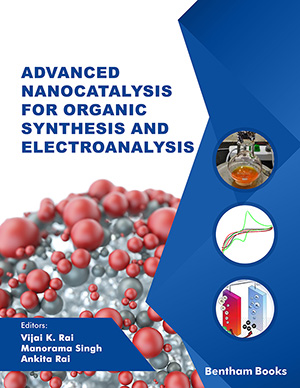Abstract
Background: The origin of the microwave acceleration organic reactions is still not completely clear. According to the selective heating mechanism of microwave irradiation, the heat accumulated in the polar reactants may generate localized superheating, resulting in acceleration of the certain reactions.
Methods: In this study, the Hammett linear relationship of a “one-pot” saponification with a series of mixed butyl substituted benzoates was selected as a molecular level probe to explore the microwave selective heating effects in intermolecular reactions. If there is a “hot spots” effect, the Hammett linear relationship will be distorted. Heating curves at 20 W of microwave power for 0.1 mol/L solution of butyl 4-nitrobenzoate, butyl 4-chlorobenzoate, butyl benzoate, butyl 4-methylbenzoate, and 4- methoxybenzoate solutions in solvent CCl4 show that butyl 4-nitrobenzoate can act as ‘molecular radiators' in the reaction mixture. We performed this “one-pot” saponification in three solvent systems with different polarity to identify this effect. The microwave experiments were performed under the constant temperature mode and constant power mode.
Results: In polar solvent butanol, the Hammett linear relationship does not change. Large amount of solvent absorbs the microwave energy and shields the differences of the microwave absorbing ability among different butyl substituted benzoates. In the medium polar solvent THF, the strong polar reactant butyl 4-nitrobenzoate can play as ‘molecular radiators’ which means that its instance temperature is higher than the surrounding. In this case, the Hammett linear relationship remains unchanged under microwave irradiation in both constant temperature mode and constant power mode. However, there is a rate acceleration under microwave irradiation (measured as the reaction constant ρ is increased). Finally, we attempted to conduct the reactions in nonpolar solvent CCl4. Unfortunately, the reactions did not happen due to poor solubility of butyl substituted benzoates.
Conclusion: In this study, we found that there is no measurable effective temperature gradient of different polar reactants but a whole acceleration in reaction rate. The acceleration is attributed to the thermal effect.
Keywords: Hammett equation, hot spot, microwave effect, microwave irradiation, molecular radiators, selective heating.





























